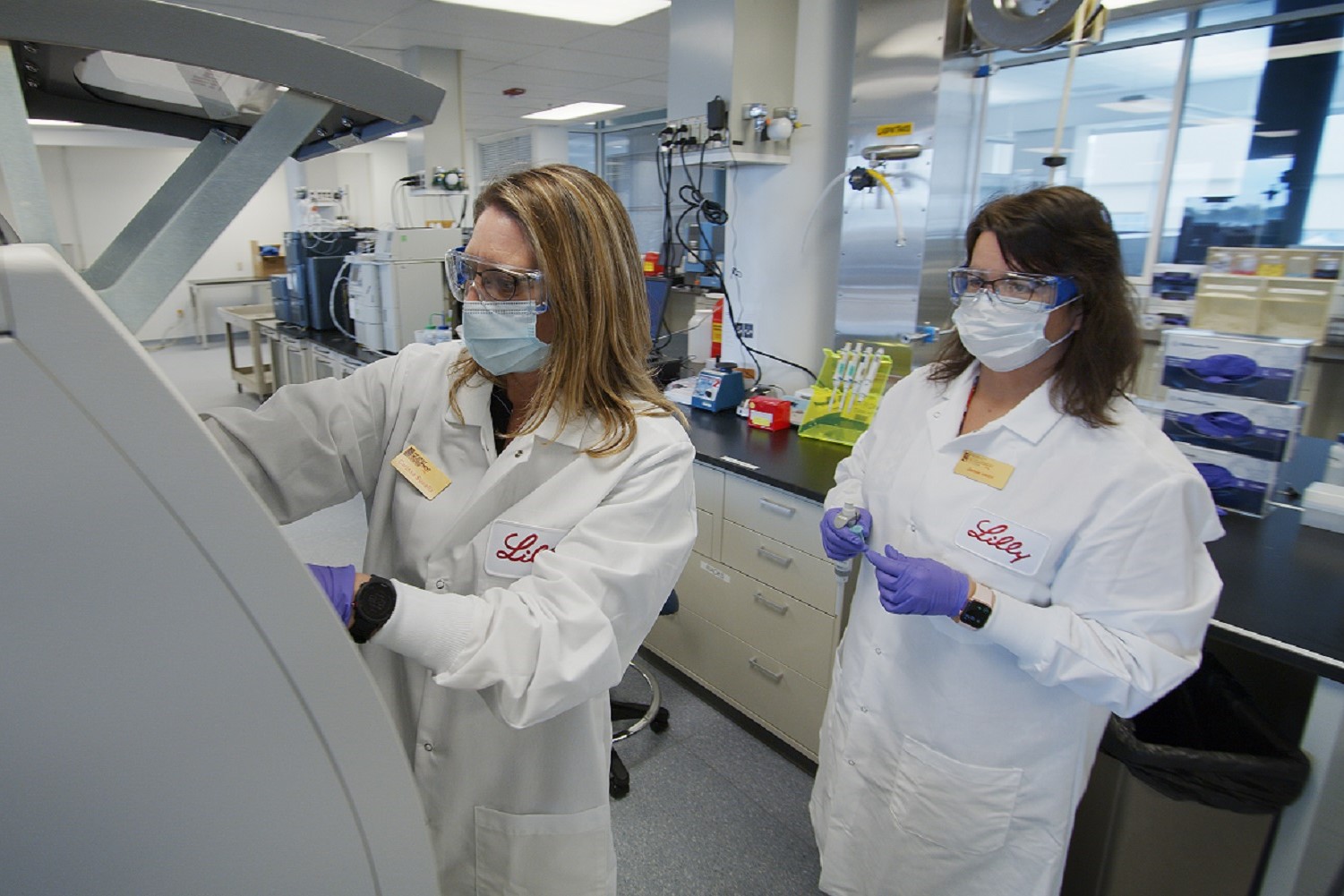
In 2013, University of Tennessee Medical Center in Knoxville started its own “meds-to-beds” program. Patients were told about the program when they were admitted. Before being discharged, pharmacy technicians met with patients to underscore the significance of taking their medications, as a lack of medication adherence post-discharge can often result in readmission. But there was a catch: Patients decided whether or not to opt into the program.
So UTMC decided to do something different.

With the Rise of AI, What IP Disputes in Healthcare Are Likely to Emerge?
Munck Wilson Mandala Partner Greg Howison shared his perspective on some of the legal ramifications around AI, IP, connected devices and the data they generate, in response to emailed questions.
“UTMC had an existing meds-to-beds program which was very successful, but UTMC wanted to be more strategic in how pharmacy resources were allocated to improve both the profitability of the pharmacy and clinical outcomes for high-risk patients,” Loopback Analytics CEO Neil Smiley told MedCity via email.
In September 2016, it began using Loopback Analytics‘ solution. Loopback is a Dallas, Texas-based company that provides data integration and analytics solutions.
UTMC connected with Loopback through Pharmacy Healthcare Solutions, a division of AmeriSource Bergen, which gives pharmacy and consulting services to UTMC.
“After a thorough vendor search, PHS identified Loopback as a leader in medication adherence and data analytics,” Smiley said.
Loopback’s solution identifies at-risk patients and informs pharmacy technicians, who are then able to meet with those patients to discuss medication adherence.
This is a far cry from the data analytics tools UTMC previously used, which didn’t pinpoint patients that may have problems with medication adherence.
“Loopback brought data and expertise in identifying medication adherence risk factors,” Smiley noted. “The Loopback platform also provides tools to streamline the meds-to-beds workflow along with a comprehensive set of analytics dashboards to track program optimization and outcomes.”
UTMC also utilized Loopback’s workflow system, which enables technicians to meet with patients at the bedside, as well as a tool for tracking patients post-discharge to ensure they’re filling their prescriptions.
Since implementing Loopback’s solution, UTMC has seen encouraging results.
Over the course of four months, the medical center cut readmission rates among patients at risk of readmission by over 20 percent. It also caused a threefold increase in gross margin per patient compared to UTMC’s old meds-to-beds program. Additionally, UTMC realized a more than 95 percent enrollment increase among previous pharmacy customers.
Smiley reflected on these results, claiming the implementation has “produced very strong economics.”
“A year from now, results should be even better, because the system is set up to enable a learning loop,” he added. “The Loopback dashboards are used by the pharmacy staff to make steady improvements in the meds-to-beds program, and prediction models that identify the patients are optimized over time through machine learning.”
Photo: elenabs, Getty Images














